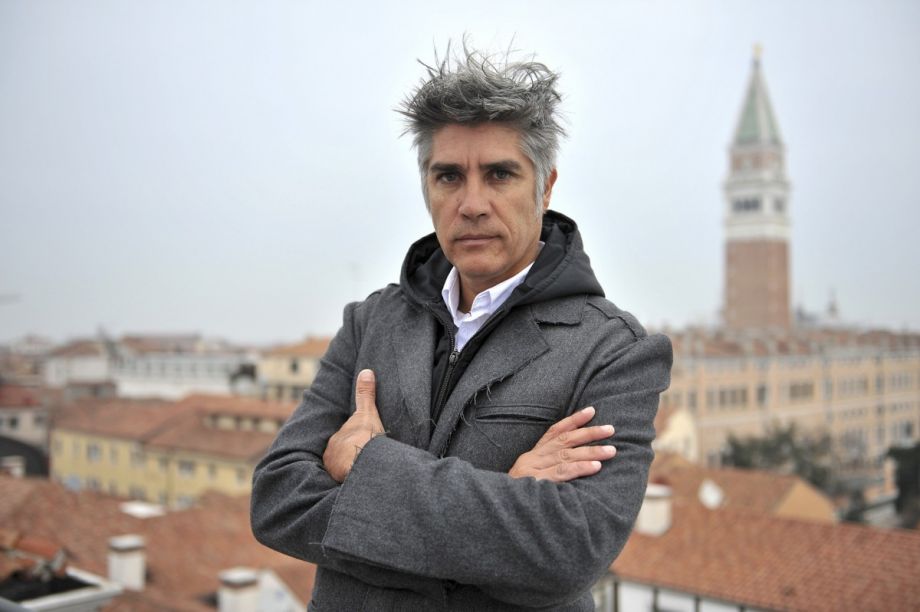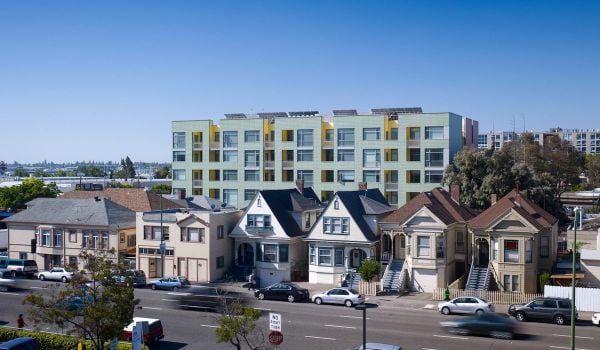Chilean architect Alejandro Aravena, winner of this year’s Pritzker Prize, has released four of his low-cost social housing designs online for free. The drawings, accompanied by a manifesto of sorts, are intended as an open-source aid to governments and developers looking to create well-designed affordable housing.
Aravena’s firm, Elemental, is known for its “incremental” housing projects, in which governments fund the construction of “half a good house” and residents complete the dwelling as resources allow. The drawings for four such projects — Quinta Monroy, Lo Barnechea and Villa Verde in Chile, and Monterrey in Mexico City — are now available for download on the studio’s website.
The studio also outlines the philosophy behind the incremental housing approach, and how it offers a sensible response to a global housing affordability crisis, in a text titled “ABC of Incremental Housing.” Noting that a third of the 3 billion people living in cities today live below the poverty line, the text states, “Given the magnitude of the housing shortage, we won’t solve this problem unless we add people’s own resources and building capacity to that of governments and market.”
Market-rate housing tends to respond to scarcity of means in two ways, it continues: reduce the size of the dwelling almost to the point of being unlivable, or displace poorer people to the peripheries of cities, where they are cut off from the resources and opportunities that make city living valuable.
Elemental’s vision is instead to build projects dense enough and low-cost enough that they can be located in typically more expensive, better-situated sites. They aim for density without overcrowding, and design for the possibility of expansion, so that social housing can transition into middle-class dwellings.
The architect says government agencies and developers can be hesitant to experiment like this, fearful of spending money on forward-thinking design. From an Elemental statement on why the firm published the strategies online: “We hope will be able to rule out one more excuse for why markets and governments don’t move in this direction to tackle the challenge of massive rapid urbanisation. [The designs] are knowledge that we have tested, that have proved to be beneficial to communities and that have been implemented accepting very pressing budget and policy constraints.”
The firm notes that the designs will need to be modified to comply with local regulations and building codes, and to respond to “local realities.”
Aravena announced the open-source designs on Tuesday at a press conference at the United Nations in New York. “We [must] use peoples’ own capacity, ideas and resources to provide a better environment,” he said. “The scarcest resource in cities today is not money, but coordination. So we need to create open systems that can include people’s own capacity to add value to their living conditions and opportunities.”
Elemental, of which Aravena is the executive director, is known for its participatory design process, which engages politicians, lawyers, researchers, builders, future residents and other stakeholders in every phase of creating a housing project. The firm was also involved in the rebuilding of Constitución, a Chilean town nearly destroyed by a 2010 earthquake and tsunami. Aravena is curating the 2016 Venice Architecture Biennale, whose theme this year is “Reporting From the Front.” It will offer perspectives on global issues like crime, sanitation, housing shortage, traffic, waste, migration and pollution.
Jen Kinney is a freelance writer and documentary photographer. Her work has also appeared in Philadelphia Magazine, High Country News online, and the Anchorage Press. She is currently a student of radio production at the Salt Institute of Documentary Studies. See her work at jakinney.com.
Follow Jen .(JavaScript must be enabled to view this email address)
















